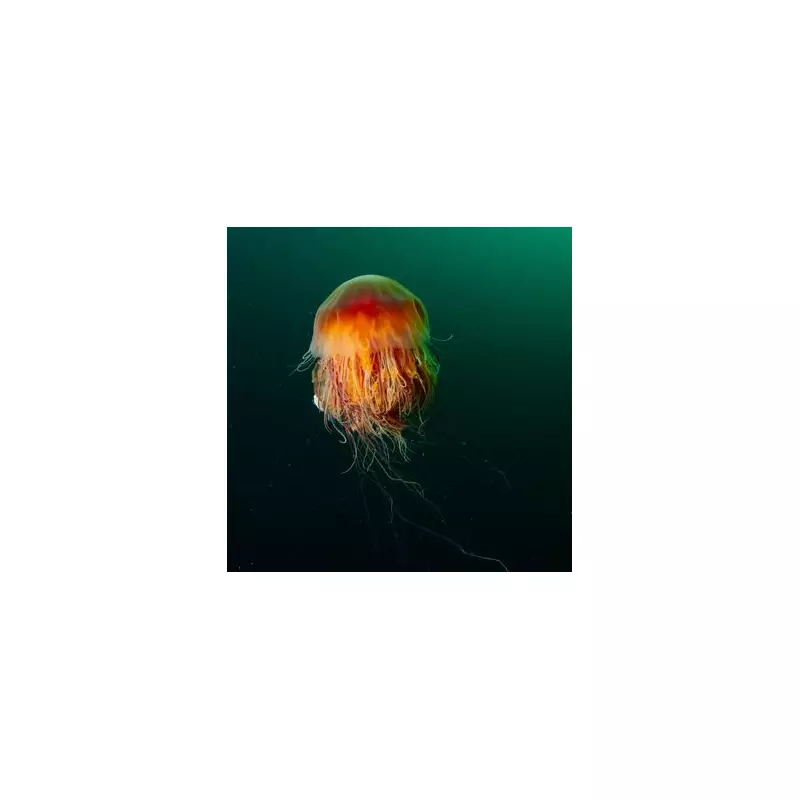
Britain's coastline is currently experiencing an extraordinary natural phenomenon as enormous barrel jellyfish appear in remarkable numbers, with some specimens reaching staggering sizes rarely seen before.
Marine biologists and wildlife enthusiasts are reporting unprecedented sightings of these gelatinous giants, particularly around the southwestern coasts. The species, known scientifically as Rhizostoma pulmo, has been spotted in sizes exceeding one metre in diameter, with some individuals weighing as much as 40 kilograms – comparable to a small child.
Why Are These Gentle Giants Appearing?
Experts from the Marine Conservation Society suggest this jellyfish proliferation is likely linked to changing sea temperatures and abundant plankton populations, their primary food source. The recent spell of warm, calm weather has created ideal conditions for these magnificent creatures to thrive in UK waters.
While their impressive size might cause alarm, these particular jellyfish pose minimal danger to humans. Their sting is typically mild, often compared to a nettle rash rather than representing any serious threat to swimmers or beachgoers.
A Spectacle for Wildlife Enthusiasts
Cornwall Wildlife Trust has reported particularly high concentrations around the Cornish peninsula, where boat operators and coastal walkers have been treated to the spectacular sight of these translucent giants pulsing through clear coastal waters.
"We're seeing numbers we haven't recorded in years," stated a marine conservation officer. "While they might look intimidating due to their size, they're actually fascinating creatures and an important part of our marine ecosystem."
Environmental Indicators
Scientists emphasize that jellyfish populations serve as valuable indicators of ocean health. Their sudden increase can signal changes in marine ecosystems, including shifts in water temperature, salinity, and the availability of microscopic prey.
The Marine Conservation Society encourages the public to report sightings through their wildlife monitoring programmes, helping researchers track these patterns and better understand the changing state of Britain's marine environment.
Beach visitors are advised to admire these creatures from a distance and avoid touching stranded jellyfish, as some people may experience mild skin irritation despite their relatively harmless nature.





